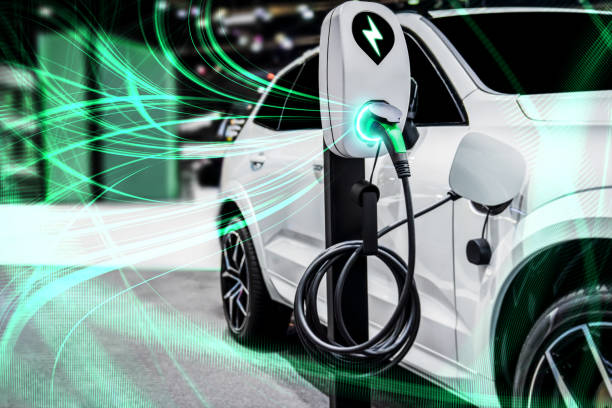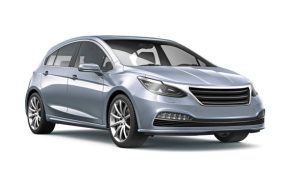
The Intergovernmental Panel on Climate Change (IPCC is one of the International Technical bodies on climate change) has issued a number of warnings. The most recent is in the AR6 Synthesis Report 2022 Climate Change, in which it warns that there could be “Severe climate events” with the highest probability. “Poor” Air Quality days in NCR were 300 days in 2016 when the AQI was higher than 200. This is in contrast to a safe amount of 50. It is estimated that the International Labour Organisation has estimated that the number of days lost due to pollution is the highest in India in comparison to all other major economies. It’s no surprise that the chance of lung cancer in the NCR is the same for a smoker as it is for non-smokers due to Particulate Matter. The most troubling aspect is the negative impact of hydrocarbon pollution on the child’s brain development, as clearly explained in the study paper of UNICEF, “Danger in the Air.”
Transformation Solutions
What’s needed is Technology solutions to remove pollution on both dimensions sector-by-sector rather than incremental solutions that do not just reverse back in the same way but can also create the impression of improvement, whereas reality is in the contrary direction. According to the IPCC states, the urgent need for the moment is to be “Transformational solutions.”
Although the information about the underlying causes of Particulate Pollution and carbon Emission is a bit hazy, the most reliable estimates suggest that vehicles are responsible for more than 60% of Particulate Pollution and more than 20 percent of the 260 billion tonnes of carbon Emissions from India. More than 30% of Vehicular Particulate pollution is caused by heavy Trucks, and they are the largest cause of Particulate pollution in Urban conglomerates like NCR. In addition, the effect of Vehicular Pollution causes Lung cancer, a slowing of the development of children’s brains, and Ease of Living generally painful as anyone who’s been a resident of NCR, for example, experiences.
Pinpointed Solution
After establishing the undisputed linkage between Clean Air and Vehicle Pollution, one must address some rhetorical issues. What Action could be equivalent to planting five hundred Aravali Ranges (the Aravali range constitutes about 4,00,000 trees) in the space of a few years? What is the one Action that could reduce the Particulate Pollution in NCR by bringing it down to “Safe” levels? What is an Action that, by its sheer force of nature, could spur Action across other industries? AND ALL while bringing into the stakeholders naturally by intrinsic economic incentives inherent in the Approach.
Discussions on the adoption of Electric vehicles in India have been inadvertently focused on two-wheelers and automobiles. The problems with charging infrastructures and restrictions on supply-driven ICE are major obstacles in the debate that have gone around and around without concrete change in the situation. What happens if the Approach is reversed and the Demand Pull Approach is implemented?
Affordability
The economics of purchasing and operating the largest polluter, a Truck, is solely governed by commercial aspects. The price per mile for the Electric Truck is one-fourth to one-fifth of that of a Diesel Truck, and this is widely accepted within commercial operations. Profit margins are four times greater for Electric as compared to Diesel. The added Capital costs of Eelectricityccutoff are only 10-15 percent of these higher Profit margins. Over 50% of the time, Heavy Duty Trucks run in a concentrated route, and consequently, charging infrastructures are infinitely simpler to put in place than the dispersed charging infrastructures for automobiles and two-wheelers. Charge times of less than one hour are possible for the biggest of trucks with ranges exceeding 300 miles. In the majority of heavy Commercial Vehicle usage for Medium Haul Logistics, There is no impact on use in any way since the idle time of the trucks because of no access restrictions is far greater than the time to charge. The economic benefit of profit margins in eElectricity, which are numerous times the amount of Diesel, could cause a demand-driven increase in the use of eElectricity, in particular, due to the commercial use of these stakeholder groups as compared to personal use of two-wheelers and cars. This alone would lower the NCR Particulate pollution to safe levels. This is equivalent to creating 500 Aravali zones in NCR by itself. The infrastructure for charging these routes is currently in place, heavy trucks are now being commercially used on these routes, and there are plans for additional courses once the word spreads. There is a huge demand attraction from the existing Diesel Truck owners to switch to Electric.
This type of technological transformational solution does more than clean the air and rebuild the lungs; it does it in one step. It also stimulates other industries to invent and implement these solutions instead of the current incremental Approach that typically reverts to the old way of creating lung cancer and affecting kids’ brain development or simply making residents choke.





